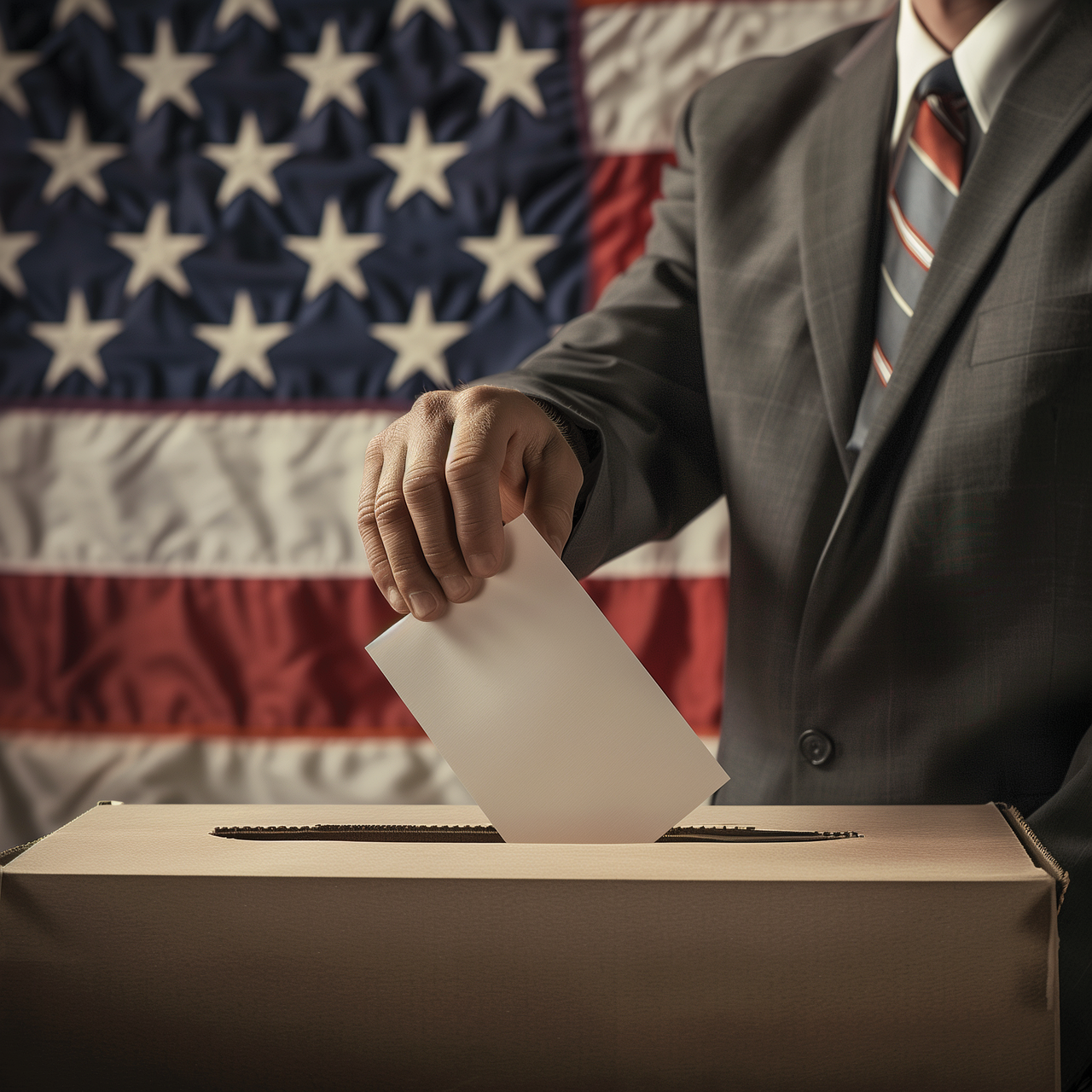As Americans cast their votes in a historically contentious and consequential presidential election, trust in the electoral process stands at an unnerving crossroads. Recent data from the World Justice Project (WJP) paints a sobering picture: the United States has fallen six places to rank 43rd globally in measurements of “lawful transition of power,” while polling shows that roughly one-third of Americans would be prepared to reject presidential election results if their preferred candidate loses. This erosion of confidence cuts across party lines, with both Republican and Democratic voters expressing unprecedented levels of skepticism about electoral integrity.
In this climate of heightened mistrust, it’s more crucial than ever for US voters to look beyond partisan rhetoric and understand the actual mechanisms that safeguard our elections. While social media and cable news overflow with conflicting narratives about election security, the most reliable path to confidence lies in understanding the concrete systems, checks, and balances that protect the electoral process.
This explainer will examine the robust safeguards that have historically protected US elections, and offer resources for readers wishing to bolster their knowledge of and confidence in the integrity of US elections. Notably, it will focus on individual ballots cast in the popular vote, not on the Electoral College process.
At its foundation, American election security benefits from a uniquely decentralized structure.
Rather than placing election administration under centralized federal control, thousands of local jurisdictions manage their own elections. This decentralization makes widespread manipulation virtually impossible, as any attempt to alter results would require coordinating across numerous independent systems and jurisdictions, each with its own procedures and oversight.
This distinguishes the US from authoritarian states like Russia and Belarus, whose leaders tend to “win” their national races with such dubiously high purported percentages as 87% and 80%, respectively. As New York University Economics professor Steven E. Landsburg wrote for the Wall Street Journal in 2020:
Imagine a future presidential election in which the incumbent refuses to concede and enlists the full power of the federal government to overturn the apparent democratic outcome. Now imagine that the election in question is actually run by a federal agency or by some nationwide quasigovernmental authority charged with collecting and aggregating the results from all 50 states. I don’t know about you, but I might worry a bit about the pressure that could be brought to bear on that single authority.
Furthermore, to prevent local jurisdictions from favoring one party over another, many states impose measures aimed at ensuring bipartisan representation among polling station workers and observers. As described by Pew Research:
Poll workers are explicitly required to have a party affiliation in at least nine states. In about half of the 48 states that offer in-person voting, it’s “considered,” “preferred” or “generally” required unless there aren’t enough volunteers who affiliate with a major party. Some states – such as New York, for example – require poll workers or election officials to equally represent the two major political parties, depending on the worker’s position.
The policy goal here is to ensure representatives of both major parties work together to verify voter identities, monitor ballot handling, and oversee vote counting, creating a system of mutual oversight that helps prevent partisan manipulation.
The physical handling of election materials follows strict chain of custody procedures.
Every ballot, voting machine, and piece of essential equipment must be meticulously documented from the moment it arrives until it’s securely stored after the election. These procedures help ensure transparency by creating an unbroken paper trail that allows officials to track exactly where materials have been and who has handled them at every step.
Before any vote is cast, voting systems undergo rigorous testing and certification.
Machines are publicly tested to ensure accuracy, with results verified by independent experts and party representatives. Most jurisdictions maintain paper records of votes that can be manually audited if questions arise about electronic tallies. This combination of electronic and paper systems provides redundancy and enables verification of results through multiple methods.
The actual process of counting votes involves multiple verification steps.
From initial voter registration through final tabulation, each stage of the voting process includes checks and balances to catch potential errors or irregularities. After elections, jurisdictions conduct regular audits to verify results and review procedures, often randomly sampling ballots to confirm electronic counts match paper records.
Perhaps most importantly, American elections maintain transparency through public observation.
Most election processes are open to public viewing, allowing citizens and independent observers to witness everything from pre-election testing to vote counting. When disputes arise, an independent judiciary provides a forum for investigating complaints and ensuring election laws are properly followed.
This layered approach to election security means that no single person or party can easily manipulate results. Each safeguard reinforces the others, creating a resilient system that has successfully administered thousands of elections across American history. While no system is perfect, these traditional protections have proven remarkably effective at preserving electoral integrity through periods of intense political division and technological change.
How can voters learn more about these and other nationwide safeguards?
Comprehensive government-funded resources include:
- Official US Government site for voting information
- US Election Assistance Commission
- Cybersecurity and Infrastructure Security Agency insights into electoral security infrastructure
There are also a number of non-partisan or bipartisan organizations that aim to educate voters on their rights and legal protections, including:
- National Association of State Election Directors
- National Conference of State Legislatures
- Keep Our Republic
- League of Women Voters
- Vote.org
How can voters learn more about the nuances of their election jurisdictions?
To learn more about your state’s requirements for election workers, check out the US Election Assistance Commission’s comprehensive report here.
Click here to find your state’s election board website. For more localized insights, you can search for your county’s election website, or the contact information or social media accounts of local election officials.


